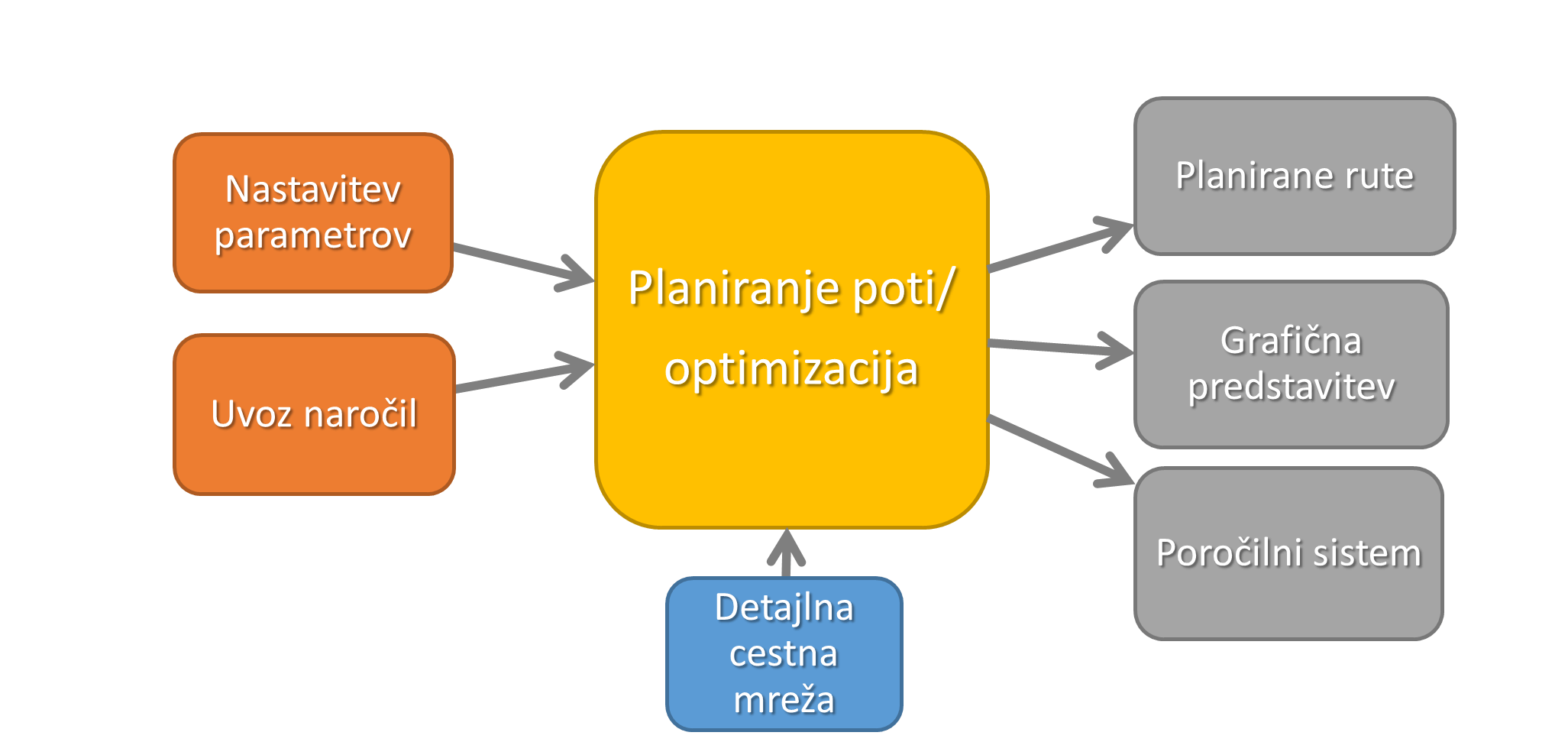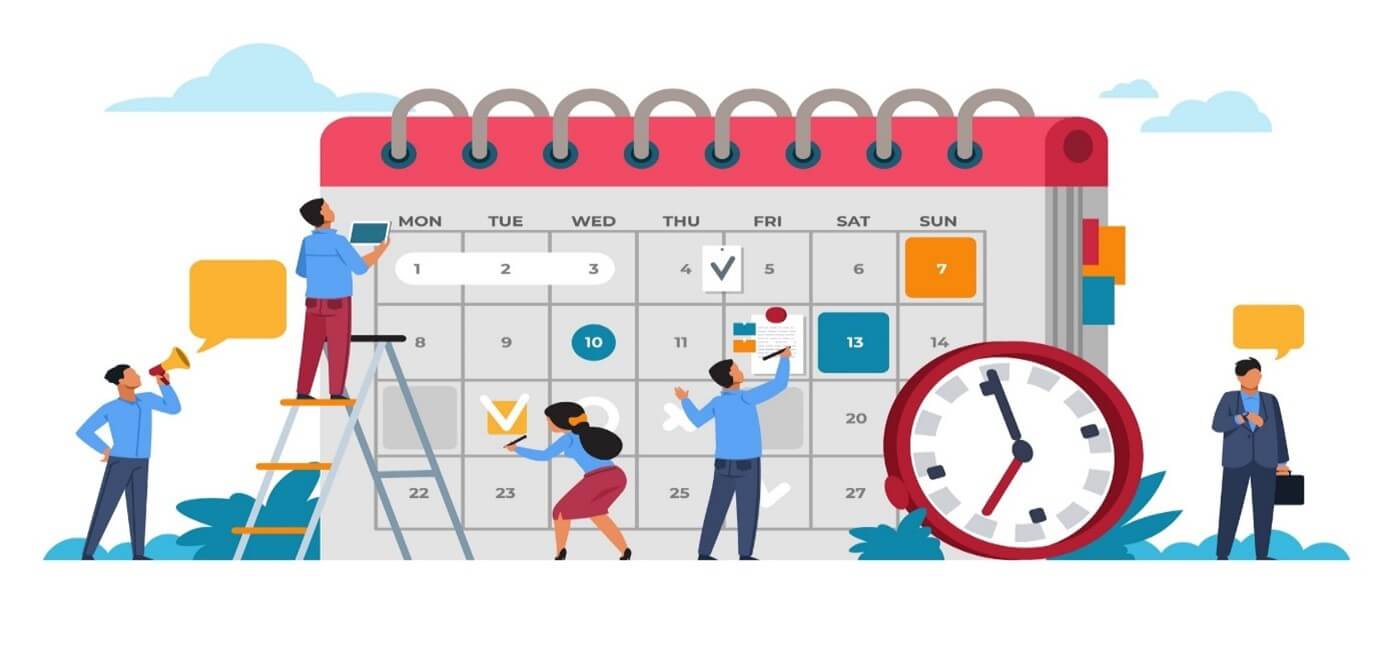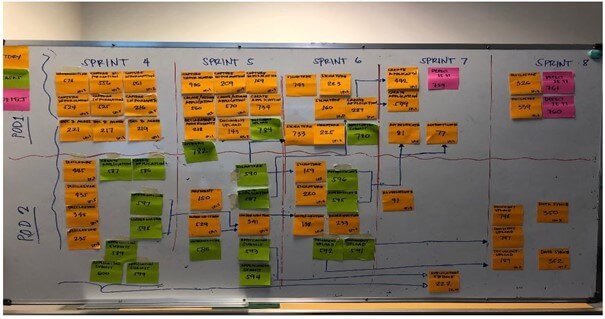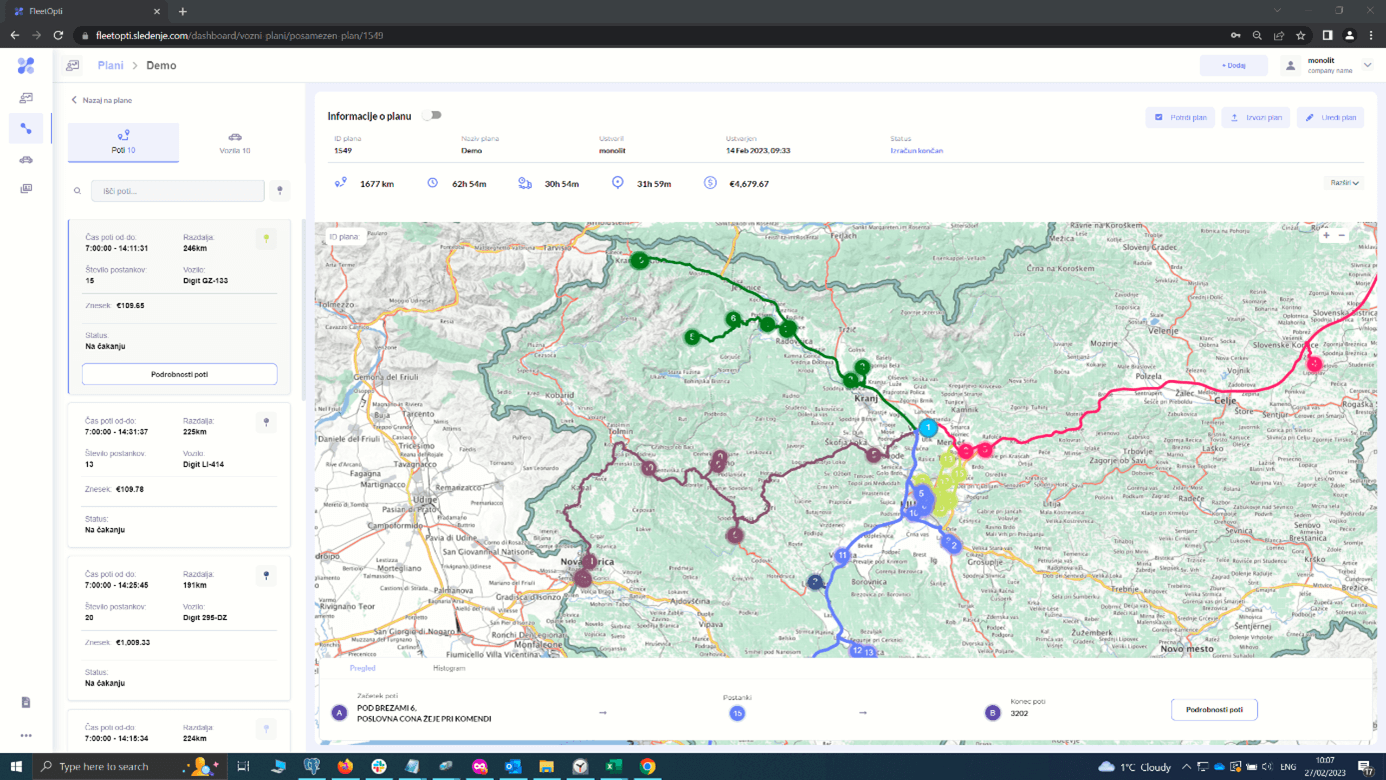
The ultimate guide to route planning in 2023
When your drivers have hundreds, if not thousands, of destinations or customers to visit, manual route planning is a time-intensive and inefficient solution.
In many industries, driver wages and fuel costs alone account for 60% of total operating costs per kilometer. Therefor even small improvements to your driver’s routes not only help deliver packages faster and serve your customers, but they can have a significant impact on your bottom line.
With the right route planning tools, your company could save up to 20% in mileage and improve order performance by as much as a 100% without increasing your fleet size. The information is not “made up from scratch”, we have the experience and data on a large test sample, which we carried out in the fall of 2022.
We would like to share what we know and we have learned during the project in this guide to successful route planning. We will break down the process of what route planning is and how it can benefit your business. We will examine real-world examples and present use cases for specific industries.
We have a lot of work to do, so let’s get started with route planning
If you want to jump to the information that interests you the most, click on our contacts and make an appointment for INDIVIDUAL ASSESSMENT through our contact form.
Together we will go through questions like:
- What is route planning/optimization?
- Can’t I manually optimize and plan my routes?
- Real-world route planning examples.
- How can route planning benefit your business?
- Route planning use cases for your industry.
- Frequently asked questions about route planning.

Route planning building blocks
Let’s address the most basic question of what route planning actually is. Route planning or route optimization is the process of improving routes to increase cost and consequently overall efficiency. Effective route planning helps companies increase the number of completed orders or deliveries while incorporating multiple criteria, including driver schedules, available hours, total stops, fulfillment estimates, and legal requirements. Delivery routing is not just about finding the shortest path from point A to point B, it’s about finding the most efficient path based on many different variables.
Route planning is important to your business, whether you offer direct-to-consumer delivery or are in a service industry where your technicians visit customers’ homes or businesses. Orienting your drivers and technicians can be an expensive and frustrating process, but with the right tools, it can be automated, saving you time, money and improving customer satisfaction.
Let’s dive into it route planning!
Can’t I manually optimize and plan my routes?
As your team grows, so do your orders, and with it your business, manual route planning and optimization quickly becomes impossible.

Route planning calendar
When you do things by hand, several areas are affected:
Efficiency: Are your drivers using the best possible scheduling and routing? Are you using too many vehicles/drivers to meet demand? Apart from a few drivers, manually solving these problems is almost impossible.
Scalability: Manual route planning based on parameters such as area, availability, certifications and more requires a lot of hours and detailed knowledge of your business. As a result, you need a lot of staff in dispatching and operations departments to manage even smaller fleets.
Accuracy: Are all time windows, capabilities, qualifications and skill differences considered? The more complex the schedule, the greater the potential for human error, even the best operations staff members will make mistakes.

Project planning board
Flexibility: If a driver calls in sick or you receive a last-minute order, what do you do? At scale, the design team needs hours to adjust and this can lead to delays, failed deliveries and unhappy customers.
Robustness: If your route planning, dispatch management staff or operations assistants fail, how easy is it to replace them? With manual execution in planning it is impossible! Relying on spreadsheets and simple tools requires a lot of local and institutional knowledge to get the job done.
Is route planning appropriate only for large companies?
Absolutely not.
Route planning is not just a concept reserved for bigger companies and logistics empires. Modern route optimization is also a great tool for small businesses. By managing your drivers and fleet more efficiently, you can significantly reduce operational and fuel costs, including driver wages, as the job gets done in the optimal time, something that SMEs can appreciate as much as any business.
With modern route planning software, even your dispatchers or managers can save hours of daily planning and rather focus on growing their business and improving customer experience.
For example, a local air conditioning installation and maintenance company was able to plan its routes 70% faster with FleetOpti and the owner-operator didn’t have to spend all his time directing and scheduling his technicians. He was able to leave these tasks to other team members and focus on other tasks.

Route planning UI
The easiest way to understand the difference effective route planning can make for your business is to look at real-world examples of route optimization so here is another practical example.
In this section, we will describe how the company used FleetOpti route planning software to reduce planning time and mileage, improve the performance of its drivers, maintain scheduled delivery and service times, and improve customer satisfaction.
With low margins and stiff competition, they had to improve their delivery routes in order to maintain a healthy profit margin and happy customers. FleetOpti helped change their planning process:
FleetOpti uses historical data to calculate order durations and automatically plans accurate schedules and routes. The unique feature provides strict time windows that take into account the time it takes to unload a truck. (If the delivery is scheduled between 10 and 12, but the unloading takes 20 minutes, the latest delivery arrival is 11:40).
FleetOpti was easy to integrate with the client’s ERP through a robust API.
The customer saw great advantages of route planning such as:
- Increased revenue and profit per driver/vehicle by increasing delivery capacity by 14% and reducing driver costs by 12%.
- Better scalability with 8x faster planning and more than 60% less dispatch staff hours.
- Significant increase in on-time delivery rate from 89% to 94% with 1.5% month-on-month improvement.
- Route optimization resulted in approximately two additional jobs per driver per day, or more than 330 additional deliveries per day. This is a remarkable achievement. Mileage is reduced by 20% and they achieved 8x faster planning.
- 14% increase in performance and 12% reduction in driver related costs.
- Better customer service: t. i. OTD (on time delivery) from 89% to 94% and increasing by 1.5% every month.
The client was able to reduce the total mileage of its logistics fleet in addition to reducing driver costs. The efficiency gains allowed the company to handle 14% more orders, or 330 additional deliveries per day, with its existing fleet and workforce.
With route optimization tools, you can reduce the planning phase from hours to minutes. Order lists can be directly imported in CSV or excel formats into FleetOpti and automatically assigned to drivers based on availability and requirements.
Your business can create schedules in advance, resulting in better long-term planning. Simple but sufficient delivery route planning software like FleetOpti allows you to plan months in advance. Not only that, but it also affects employee availability (holidays, other absences), lunch breaks, scheduled driver breaks, customer availability (such as Tuesdays and Thursdays only), deadlines, and more.
This may sound like a risk, as many things can change before the delivery or service date is up, but it is not. With next-generation route optimization solutions, they also allow you to immediately respond to unexpected events such as customer cancellations, vehicle breakdowns, and instantly re-plan your entire schedule.
Tool FleetOpti allows you to quickly reapply route planning
Last-minute route changes are inevitable, and manually scheduling multiple drivers on the fly is an important task. That’s why dynamic planning is essential in 2023. Instant and automatic recalculation of routes that reflect real-world changes.
Late orders, cancellations, drivers calling in sick or customers requesting alternative delivery addresses are just a few of the factors that can ruin a well-planned schedule in an instant. When you plan a route ahead of time, you need to be able to reschedule and manage your fleet on the fly remotely.
When a driver calls in sick or receives a last-minute order, FleetOpti will calculate availability and evenly allocate new jobs to your fleet based on their current location, capacity and route, rather than overloading a few drivers.
We invite you to fill out the INQUIRY if you would like to know what you can benefit from route planning!